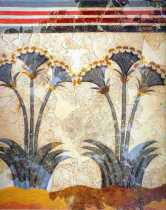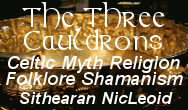
If you've recently initiated contact with the Slavic gods and are wondering what to do next, here are some upcoming holidays you might want to research and explore. These are Ridnoveri holidays, which is a modern Ukrainian pagan path. Other Slavic peoples have some of the same holidays and some different ones. There are cultural and linguistic differences between the various Slavic peoples and their varieties of paganism but their gods are recognizably named the same names and most pagans consider the various versions of a same name god to be the same god, just like with the heathen Germanic and Scandinavian gods. That is, all versions of Mokosh are Mokosh, just like all versions of Odin are Odin, even if spelled slightly differently (Wotan, Odhinn, Mr. Wednesday, etc.)
The Slavic gods are busy right now so if you are going to pursue your new relationships, just honor them, don't ask for anything unless you're Ukrainian yourself.
...





















